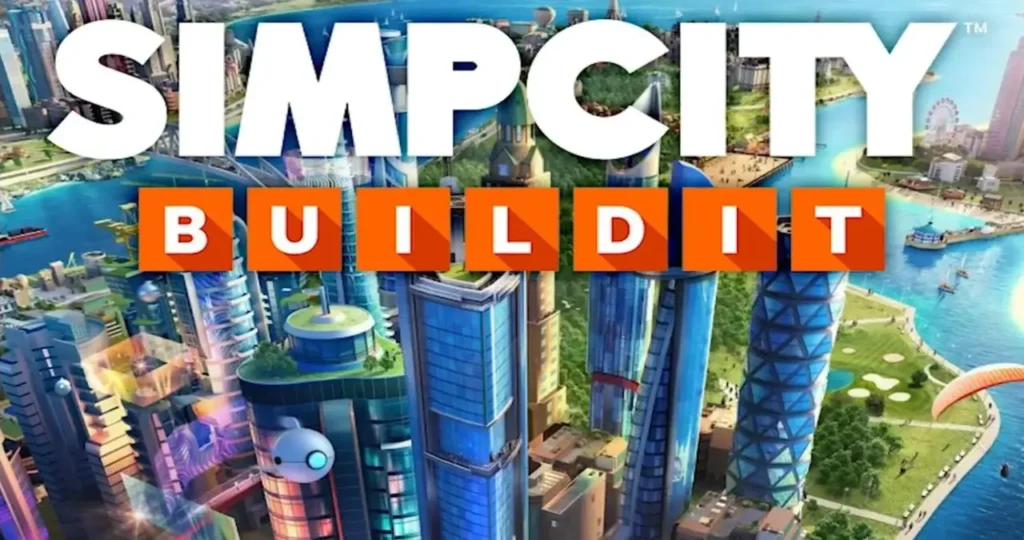Simpcitt and Sustainability: A Closer Look at Eco-Friendly City Planning

Introduction
The need for sustainable city planning cannot be overstated in the modern age, where urbanization is expanding rapidly. “Simplicity” emerges as a revolutionary approach, promising to integrate sustainability with urban development. This article delves into how Simpcitt reshapes city planning through eco-friendly innovations, ensuring future generations inherit a healthier, more sustainable world.
What is Simpcitt?

Simplicity represents a conceptual model of city planning that prioritizes sustainability at its core. The name itself, a portmanteau of ‘simple’ and ‘city,’ underscores its mission to simplify urban complexity through sustainable solutions. It’s not just about using green materials but about rethinking how cities operate from the ground up—energy consumption, waste management, and living spaces are all designed with the utmost efficiency and minimal environmental impact.
The Pillars of Simplicity
Energy Efficiency
Simplicity cities are designed to minimize energy wastage. This involves using state-of-the-art technologies such as smart grids, renewable energy sources like solar and wind, and energy-efficient buildings that maintain temperature with minimal power usage.
Waste Reduction
Waste management in Simpcitt is far from the traditional haul-and-dump method. It focuses on waste reduction strategies like comprehensive recycling, biodegradable materials, and policies that encourage reducing waste generation by businesses and residents.
Water Management
Water scarcity is a pressing issue, and Simpcitt addresses it through innovative water conservation techniques. These include rainwater harvesting, greywater recycling systems, and innovative water management technologies that detect and fix leaks automatically.
Green Transportation
Simplicity promotes green transportation options such as cycling, walking, electric public transport, and car-sharing services to reduce carbon emissions and congestion.
Sustainable Housing
Housing in Simpcitt is designed to be sustainable not only in materials used but also in density. High-density housing with vertical gardens and reflective roofs are standard features that help combat urban heat islands while providing affordable living solutions.
Benefits of Eco-Friendly City Planning
Adopting the Simplicity model offers numerous benefits:
Reduced Carbon Footprint:
Lower reliance on fossil fuels and efficient energy use significantly reduce greenhouse gas emissions.
Enhanced Biodiversity:
Green spaces and eco-corridors in urban designs promote biodiversity within city boundaries.
Improved Public Health:
Reduced pollution and greener living spaces contribute to better overall health for residents.
Economic Savings:
Investing in sustainable technologies and practices leads to lower operational costs in the long run.
Challenges in Implementing Simpcitt
While the benefits are compelling, there are significant challenges:
High Initial Costs:
The upfront investment for implementing cutting-edge sustainable technologies can be prohibitive.
Regulatory Hurdles:
Adapting existing laws and regulations to support innovative urban planning models like Simpcitt often takes time.
Cultural Shifts:
Encouraging people to alter their lifestyles to fit into a new sustainable urban environment requires significant public engagement and education.
Global Examples of Simpcitt Principles in Action
Cities around the world are beginning to embrace principles similar to Simpcitt:
Copenhagen, Denmark:
It is known for its bicycle-friendly streets and extensive public transport system.
Singapore:
Utilizes innovative technology to manage water and waste efficiently.
Freiburg, Germany:
A pioneer in solar energy and sustainable housing.
The Future of Urban Planning
Looking ahead, Simplicity is not just a trend but a necessity. As cities grow, integrating sustainable practices in urban planning will be crucial for maintaining the balance between development and environmental conservation.
Conclusion
Simplicity and sustainability are more than just buzzwords in city planning; they are crucial strategies for future-proofing our urban landscapes. By adopting the principles of Simpcitt, cities can become more livable, environmentally friendly, and economically viable. The journey towards sustainable urban environments is challenging yet undeniably rewarding, paving the way for a greener, more resilient world.
This comprehensive overview of Simpcitt encapsulates how it stands as a beacon of innovation in eco-friendly city planning, promising a sustainable and prosperous future for urban dwellers across the globe.
FAQS
Here are five frequently asked questions (FAQs) based on the content of the article “Simplicity and Sustainability: A Closer Look at Eco-Friendly City Planning”:
What exactly is Simplicity?
Simpcitt is a conceptual model for urban development that integrates sustainable practices into all aspects of city planning and management. It aims to simplify the complexities of urban environments while emphasizing energy efficiency, waste reduction, water conservation, green transportation, and sustainable housing.
How does Simpcitt contribute to energy efficiency?
Simplicity encourages the use of renewable energy sources such as solar and wind power, the deployment of smart grids, and the construction of energy-efficient buildings. These measures help cities reduce energy consumption and reliance on fossil fuels, significantly decreasing greenhouse gas emissions.
What are some specific waste management strategies employed by Simpcitt?
Simplicity emphasizes comprehensive recycling programs, biodegradable materials, and policies encouraging businesses and residents to generate less waste. Innovative waste management also includes advanced composting techniques and energy recovery from waste.
Can you give examples of cities that have adopted Simpcitt-like principles?
Cities like Copenhagen, Singapore, and Freiburg are leaders in integrating sustainable practices that align with Simpcitt principles. Copenhagen is renowned for its bicycle-friendly infrastructure and efficient public transport, Singapore for its innovative water and waste management technology, and Freiburg for its commitment to solar energy and sustainable urban living.
What are the main challenges in implementing Simpcitt in urban areas?
The primary challenges include high initial costs for sustainable technology, regulatory hurdles that delay the adaptation of new urban planning models, and the need for cultural shifts among residents to embrace new sustainable lifestyles. Overcoming these challenges requires significant investment, regulatory reform, and community engagement.
These FAQs provide a concise overview to help readers better understand the concept of Simpcitt and its impact on eco-friendly city planning.





